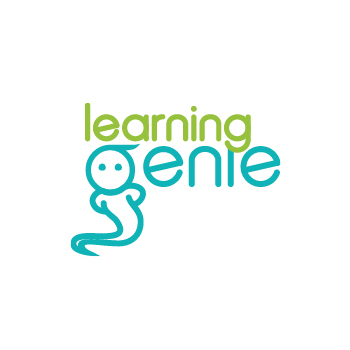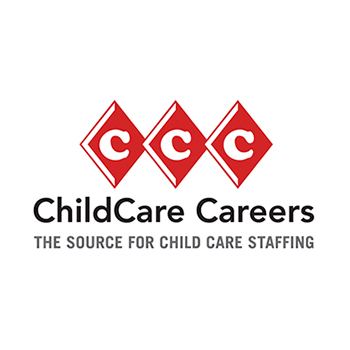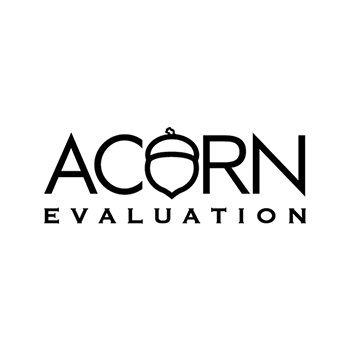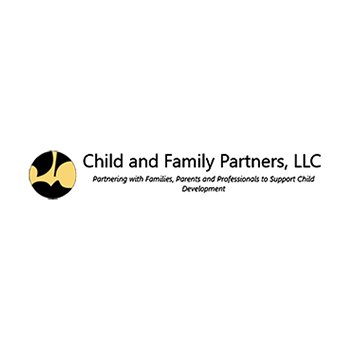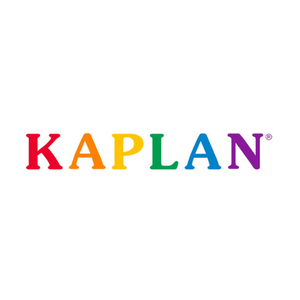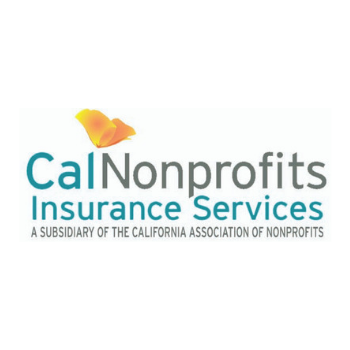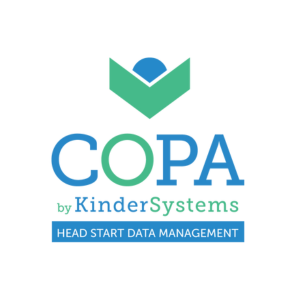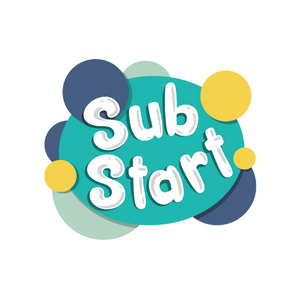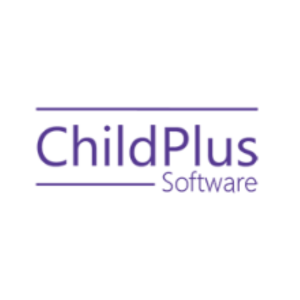The governor’s January budget proposes substantial investments in early childhood education and care (ECE)—hundreds of millions of dollars to support ECE facilities, employees and systems. In February, the CDE’s Early Learning and Care Division rolled out its year-long $10.6M Preschool Development Grant needs assessment and planning process. On March 11, the California Assembly Blue Ribbon Commission (BRC) on Early Childhood Education presented its draft report: a bold, balanced and comprehensive assessment of our mixed delivery system. Its recommendations for better integration, simplicity and equity have big implications for improving the ECE landscape.
The BRC draft report recognizes the important role Head Start and Early Head Start play in serving California’s most at-risk children. Their recommendations include:
- using state funds to expand the Head Start program to full day, full year.
- aligning state regulations with Head Start requirements.
- supporting Head Start home visiting funding and permit Head Start agencies to receive Maternal, Infant, and Early Childhood Home Visiting (MIECHV) program funding to support home visiting.
Head Start was created more than 50 years ago as part of Lyndon B. Johnson’s War on Poverty. Head Start gives children from at-risk backgrounds and skills they need to be successful in school and life—supporting more kids, families and communities in their path to success. Statewide, Head and Early Head Start serve over hundred thousand children in California. Research shows that Head Start helps children from at-risk backgrounds reach kindergarten healthy and ready to learn:
- After participating in Early Head Start, three-year-old children have better learning, social, and emotional skills, compared to those who don’t participate in the program.
- Children who participate in Head Start are less likely to be overweight than low-income children that do not participate in the program.
- Three- and four-year-old children participating in Head Start showed better vocabulary and letter identification skills at the end of the program year, compared to children who did not participate in the program.
- Children who participate in Head Start are more likely to graduate from high school, attend college, and receive a post-secondary degree, license or certification.
Preparing children for success in school and life, and eventually in the world work, is a long game. The depth and scope of conversations regarding how California serves its youngest and most vulnerable children suggests we are headed in the right direction. California’s Head Start community welcomes these conversations, and looks forward to collaboration with providers, advocates and policy makers to ensure all children—especially those who are most at-risk—have every possible opportunity to thrive.
Christopher Maricle
Executive Director
Head Start California
 " width="1600" height="320" alt="Background Image" class="bnr-b" role="presentation">
" width="1600" height="320" alt="Background Image" class="bnr-b" role="presentation">

